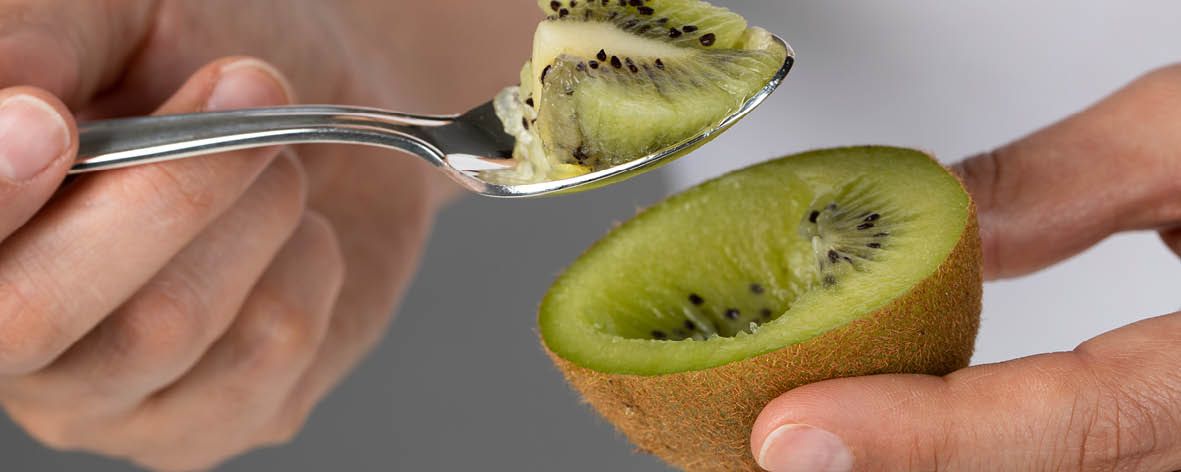All you need to know about kiwifruit … our guide

With their sweet, unique flavour kiwifruit are a popular addition to fruit bowls around the world. Technically a berry, kiwifruit have a range of health benefits and an interesting history. Let’s learn more about these fuzzy fruits.
Despite their name, kiwifruit are not native to New Zealand. They originated in central and western China and date back to the 12th century during the Song dynasty. Originally known as the “Chinese Gooseberry” they were given this name because their flavour was akin to ripe gooseberries. In the early 20th century Chinese Gooseberry seeds were taken to New Zealand by Mary Isabel Fraser, the principal of Wanganui Girls’ College, who had been visiting mission schools in China. They were planted in 1906 with the first fruit appearing in 1910. New Zealand began exporting the fruit in the 1950s and it was in 1959 that the name “kiwifruit” was adopted as part of a marketing initiative. Despite the New Zealand inspired name, China remains the world’s leading producer of kiwifruit, followed by Italy and then New Zealand. Closer to home, kiwifruit is grown in the southern states of Australia with the major production area being the Goulburn Valley in Victoria.
Kiwis typically grow in the shape of an oval and are roughly around the size of a chicken’s egg. The skin is camel-coloured, fibrous and coated in a light fuzz. The skin is edible and tart and the flesh is bright green with distinctive small black seeds that are also edible. When purchasing, choose a kiwifruit that yields gently to pressure when pressed for the sweetest taste. Kiwifruit can be left to ripen for up to a week at room temperature, away from sunlight or heat and the size of kiwifruit is not related to their quality so choose a size based on your personal preference or what you need for a recipe rather than any other factor.
Featuring a range of healthy qualities, kiwifruit are beneficial for your heart, blood sugar levels and eyes and are packed with more Vitamin C than oranges.
Here are 8 surprising health benefits of kiwifruit:
1. Kiwis help digestion via protein dissolving enzymes called actinidains
2. They protect from DNA damage via a unique combination of antioxidants
3. Kiwifruit are high in potassium which helps manage blood pressure
4. The fuzzy fibre on their skin helps bind to and flush out toxins from the gastrointestinal tract
5. They have a very high vitamin C content that is great for boosting your immunity
6. Kiwifruit helps to fight heart disease. Eating two to three kiwis a day reduces blood clotting by 18%
7. Eating three or more kiwis a day protects against macular degeneration by 36%. This is thought to be associated with the high levels of lutein and zeaxanthin (two natural chemicals found in the eye) found in kiwifruit
8. And finally they are high in vitamin E which is an antioxidant that protects the skin and keeps us looking young.

